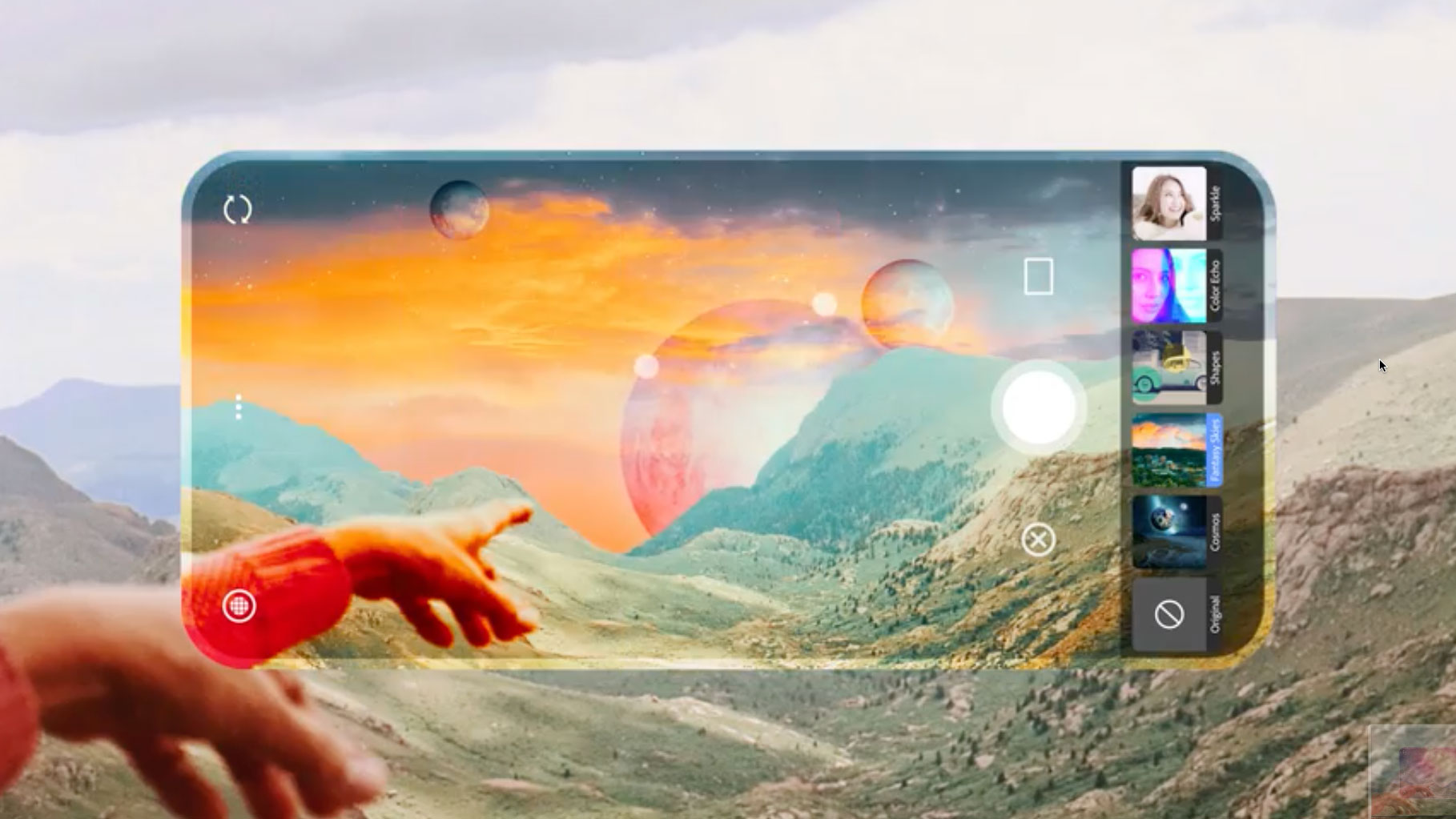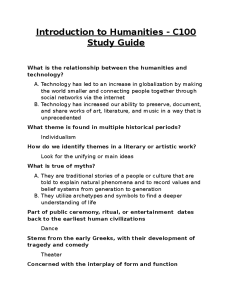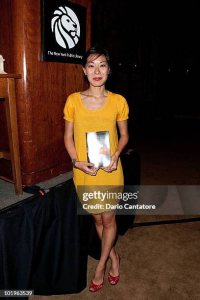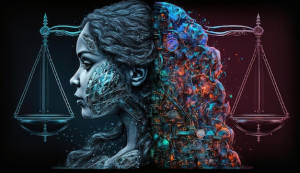AI in photography is revolutionizing how we capture, analyze, and preserve visual stories in an age overwhelmed by images. The impact of AI on photography extends from enhancing traditional photojournalism technology to assisting photographers in efficiently managing their extensive archives. As we delve deeper into the intersection of AI and visual storytelling, it becomes clear that these advancements are not just algorithms but powerful tools that can shape narratives and cultivate authenticity. Embracing AI photo analysis offers a new lens to view historical events, making hidden stories more accessible and relevant than ever before. In a world that often teeters on the edge of misinformation, leveraging this technology could be pivotal in upholding the integrity of photography as an art form and an essential record of human experience.
The integration of artificial intelligence in the realm of image capturing and editing is ushering in a transformative phase for visual arts. This modern innovation offers new avenues for visual documentation, allowing content creators to not only enhance their work but also refurbish their photo archives with greater efficiency. As we explore the numerous ways technology can reframe photography, it is essential to consider the balance between maintaining authenticity and navigating the risks of misinformation. From advancing the techniques of photojournalism to utilizing AI for an in-depth narrative analysis, artists are poised to redefine their craft’s boundaries. The exploration of AI’s role in visual narratives signifies a crucial step towards simplifying the complexity behind every photograph, ensuring that the human touch remains at the heart of our most cherished visual histories.
The Evolution of Photojournalism in the Age of AI
Photojournalism has undergone significant transformations due to advancements in technology, particularly the integration of artificial intelligence (AI). With the emergence of AI tools, journalists now have the means to capture, analyze, and distribute images more efficiently than before. This evolution presents both challenges and opportunities, as the risk of misinformation grows alongside enhanced capabilities for visual storytelling. The implications of AI in photography raise critical questions about authorship, authenticity, and the ethics of image production in a rapidly changing landscape.
As Emmy award-winning visual storyteller Kira Pollack suggests, the essential task for photojournalists is to adapt to these changes while preserving the integrity of their craft. AI technologies can assist in archiving and categorizing vast collections of photographs that document significant events, ensuring that these visuals remain accessible and relevant. However, the potential for AI to distort reality through the generation of photorealistic images without a camera heightens the importance of understanding how to leverage technology responsibly.
AI in Photography: A Dual-edged Sword
The integration of AI into the field of photography and photojournalism presents a dual-edged sword. On one hand, AI can enhance the photojournalistic process by enabling better organization and contextualization of images, thereby preserving historical narratives that might otherwise be lost. This is crucial for maintaining photo archives, as many significant images go unseen due to a lack of proper cataloging. Through AI, these archives can not only be preserved but also made more dynamic and engaging for future generations.
Conversely, the rise of AI-generated imagery poses existential threats to the authenticity and reliability of visual media. The widespread ability to create convincing but fabricated images complicates the landscape of trust in photography. As Pollack emphasizes, photojournalists must navigate these complex realities by utilizing AI in ways that reinforce visual truth rather than compromise it. The challenge lies in striking a balance between embracing technological advancements while safeguarding the core values of photography: truth, authorship, and memory.
The Role of AI in Preserving Photo Archives
As photojournalism confronts the realities of digital archiving, AI emerges as a powerful ally in preserving the visual history captured within these archives. By employing machine learning algorithms, photojournalists can assess extensive collections, uncovering hidden narratives and ensuring that vital imagery is not lost to time. This process is essential for documenting key historical events, particularly considering that a significant percentage of a journalist’s work remains unpublished and unseen.
AI-driven technologies can enhance accessibility, allowing researchers, historians, and the general public to interact with photo archives in ways previously unimaginable. By tagging images with relevant metadata and analyzing context, AI can facilitate deeper engagement with the visual stories contained within these archives. This approach not only protects the legacies of photographers but also empowers future generations to explore the cultural and historical significance of their work.
Impact of AI on Visual Storytelling
The introduction of AI into photography has reshaped the landscape of visual storytelling, bringing forth new methodologies and creative avenues for photographers. With AI tools, photographers can now analyze and interpret complex narratives embedded within their images, enhancing their storytelling capabilities. For instance, AI technologies can evaluate emotional responses in photographs, suggesting deeper connections between the subject and the viewer.
This analytical capacity can enrich storytelling by tailoring narratives to resonate more effectively with audiences, allowing photojournalists to convey powerful messages with greater impact. However, as the lines between real and AI-generated visuals blur, maintaining a commitment to authenticity becomes increasingly vital. The challenge lies in using AI to augment rather than replace the human touch that is essential for heartfelt storytelling.
Ethics and Challenges in AI Photo Analysis
As the science of AI advances, the ethics surrounding photo analysis have gained prominence, especially in the field of journalism. Questions regarding copyright, ownership, and authorization of images used to train AI algorithms are significant considerations for photojournalists. Pollack highlights the necessity of prioritizing ethical practices to ensure that the integrity of visual content is not compromised. As AI systems become more sophisticated, maintaining respect for the creators and the original context of their works is paramount.
Moreover, navigating issues of misinformation and public trust is crucial in an era where AI can create highly realistic images. Journalists face the dual responsibility of leveraging AI for advancements in analysis while remaining transparent about the nature and origin of the visual content. The ethical implementation of AI will play a vital role in shaping the future of photography, aiding in the preservation of truth while safeguarding against the pitfalls of misuse.
Kira Pollack’s Vision for AI in Journalism
Kira Pollack’s advocacy for the thoughtful deployment of technology in journalism illuminates the path forward for future photojournalists. Her work emphasizes the potential of AI to enhance the understanding and preservation of visual history while staying grounded in ethical considerations. By fostering dialogue among technologists, ethicists, and photographers, Pollack aims to explore how AI can be aligned with the foundational values of journalism, such as truth and memory.
Polled against the backdrop of rapid technological evolution, her mission entails not just observing changes but actively participating in shaping them. The aim is to embrace AI as a tool for empowerment while simultaneously addressing the complex issues it brings forth. By grounding conversations in ethics and collaboration, Pollack’s vision offers a roadmap for integrating technology in a way that respects the legacies of photojournalists while adapting to the evolving landscape.
Unlocking the Potential of AI in Photojournalism
The potential of AI in photojournalism extends beyond mere automation; it opens up creative avenues for expression and narrative development. By harnessing AI for tasks such as image recognition, categorization, and analysis, photojournalists can focus more on the art of storytelling rather than getting bogged down in organizational challenges. This liberation can lead to fresh perspectives and innovative narratives that might not be otherwise explored.
AI-driven tools can also help create immersive experiences for viewers by layering narratives through interactive platforms. These platforms engage audiences more deeply, fostering a connection with the content that transcends traditional media formats. It is through this synergy of technology and creativity that photojournalists can redefine how visual stories are told, ultimately enriching the public’s understanding of historical events.
Navigating the Future of AI in Visual Media
The future of AI in visual media is an uncharted territory that holds both promise and peril. As technologies evolve, photojournalists must equip themselves with knowledge and strategies to navigate the landscape effectively. Embracing AI as a partner rather than an adversary will be key to maintaining relevancy in an industry undergoing rapid change. This requires a commitment to continuous learning and adaptation to new tools that have the potential to revolutionize practices.
Moreover, engaging in discussions about the implications of AI, copyright, and the authenticity of visuals is vital as we move forward. Photojournalists can leverage AI’s strengths to enhance their work while advocating for responsible practices that ensure the integrity of the profession. By actively shaping the use of technology in their field, journalists can champion ethical standards and uphold the values that sustain visual storytelling.
The Intersection of AI and Ethics in Photography
At the intersection of AI technologies and photography lies a complex web of ethical considerations that every photojournalist must navigate. With the capability of AI to alter, generate, and analyze imagery, ethical frameworks become essential in ensuring that the truth remains at the forefront. This involves careful consideration of how AI systems are designed, trained, and employed to interpret visual content without introducing bias or misinformation.
Establishing a moral compass in the use of AI is crucial as the ramifications of its deployment can significantly affect public perception and trust in journalism. By fostering conversations about ethics within the community, photojournalists can advocate for transparency in how AI impacts their work, ultimately protecting the integrity and authenticity that define their craft.
Frequently Asked Questions
What is the impact of AI on photography?
The impact of AI on photography is multifaceted, ranging from enhancing photojournalism technology to generating concern over copyright and misinformation. AI can assist in analyzing and categorizing large volumes of images in photo archives, preserving visual storytelling, and providing new tools for photographers to enhance their craft. However, it also raises ethical questions regarding authorship and the authenticity of created images.
How can AI help in preserving photo archives?
AI can play a crucial role in preserving photo archives by efficiently cataloging, organizing, and elucidating the historical context of images. Tools powered by AI can help identify and contextualize photojournalism content, making previously inaccessible archives discoverable. This ensures that the legacy captured in these visuals is not lost and can be appreciated by future generations.
What role does AI play in visual storytelling in photography?
AI enhances visual storytelling in photography by analyzing images for subtle details and providing insights that might escape human analysis. This technology can interpret emotions, settings, and narratives within a photograph, thereby enriching the viewer’s understanding and appreciation of the visual story being told. Photojournalists can leverage AI to present layered narratives that resonate more deeply with audiences.
Can AI improve the analysis of conflict photography?
Yes, AI can improve the analysis of conflict photography by accurately interpreting complex scenes captured in such images. For instance, AI can discern actions, emotional states, and socio-political contexts in images from war zones, providing nuanced analysis that can inform viewers and scholars about the realities of conflict situations without prior contextual information.
What are the ethical concerns surrounding AI in photography?
Ethical concerns surrounding AI in photography include potential copyright violations where photographers’ work may be used without consent for training AI models. Additionally, the generation of photorealistic images without traditional photographic means poses risks of misinformation, as fake visuals can circulate widely on social media, undermining public trust in genuine photojournalism.
How does AI affect the integrity of photojournalism?
AI can affect the integrity of photojournalism by providing tools that help preserve and organize rich archives while simultaneously posing risks of misinformation through the creation of hyper-realistic yet fictional images. The challenge lies in leveraging AI to enhance visual truth without compromising the authenticity and ethical standards upheld by professional photographers.
What potential does AI have for evolving the craft of photography?
AI has significant potential for evolving the craft of photography by introducing innovative tools that enhance creativity and streamline workflows. From automating mundane tasks like tagging and organizing images to providing advanced analytics that inform artistic choices, AI technologies can empower photographers to focus on storytelling and creativity while minimizing the technical burden.
How can photographers ensure ethical use of AI in their work?
Photographers can ensure ethical use of AI by being transparent about the use of AI tools, protecting copyright ownership, and safeguarding their work from unauthorized usage. Engaging in discussions about best practices and advocating for guidelines governing AI use in photography can help maintain ethical standards while embracing technological advancements.
| Key Points | Details |
|---|---|
| AI and Photography | AI presents both challenges and opportunities for photography, particularly in photojournalism. |
| Kira Pollack’s Perspective | Emmy award-winning storyteller Kira Pollack emphasizes AI’s potential for documenting and preserving visual history. |
| Concerns for Photojournalists | Issues such as copyright, misinformation, and the integrity of photo archives are highlighted as pressing challenges. |
| AI’s Role in Archives | Pollack explores how AI can help catalog and make archives accessible while maintaining accuracy and authorship rights. |
| Case Studies | Experimental use of AI to evaluate complex war images shows potential for nuanced understanding beyond simple visual identification. |
| Future Aspirations | The goal is to shape the use of AI in photography to reinforce visual truth and support ethical usage. |
Summary
AI in photography is transforming the landscape of photojournalism, creating both opportunities and challenges for photographers. Kira Pollack’s insights shed light on how AI can be harnessed to preserve the rich visual history captured by photojournalists while safeguarding their rights and reinforcing the integrity of images. As technology continues to evolve, the collaboration between AI capabilities and the essential values of truth and authorship in photography will shape the future of visual storytelling.




